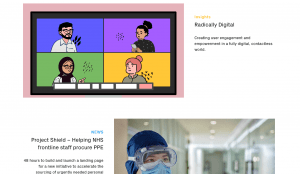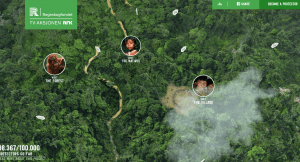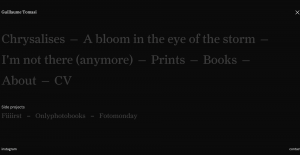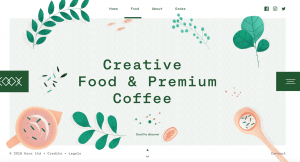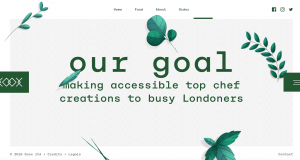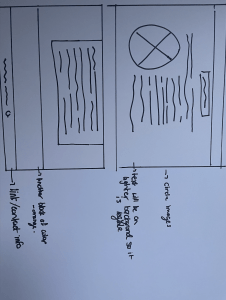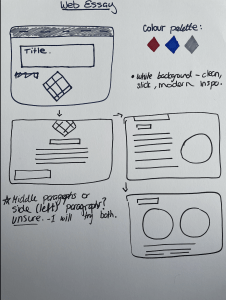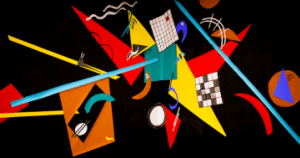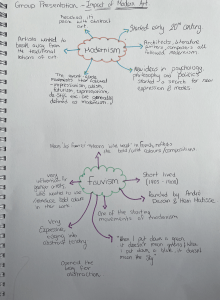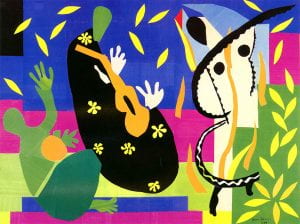In order to research for my website essay I looked at several websites and found some interesting and visually pleasing ones, both layout and colour palette.
Ustwo
They design and build digital products, services, and immersive experiences. They help clients boost their own digital culture and capabilities. I liked the homepage of this website and I liked the choice of colour and how the detailing in the background is almost moving. I also like the alternating text and images, it makes the website more exciting to read.
IDEO
The next website I looked at was IDEO.com. It is also a digital design company and what I particularly liked about this one was their choice of font and the circle images instead of rectangles. The circles make the website look interesting and draws attention to the images inside the circles. The placement of the lettering at the top right corner is small but informative, it informs the viewers on what this company is and how to contact them. The size of the text is important and this website uses large lettering for ‘work, journal and tools’. This is because this information is important and the company wants the viewers to click on the words.
Rainforest Guardian
I came across this website while looking for new and innovative websites that are different than others. I was pleasantly surprises when I clicked into it because as soon as the page opens the viewer is transported into the rainforest. With moving 3D graphics this website literally shows you moving through the forest. I have never seen a website like this and I loved roaming through it. This is a non-profit organisations that uses interactivity to bring awareness to the cause and try to reach volunteers. So not only is the website truly beautiful, it is a heart warming company that wants to save the rainforest. I like how the birds-eye view of the rainforest takes up the full page and the rest of the buttons and resources surround it. The iconic forest green colour scheme ties in the earthy tones nicely. Although this interactive experience would not be practical for my website I still like aspects of this website and plan to incorporate some into mine.
Guillaume Tomasi
This is a photographer in Montreal, his portfolio is his website and was made to fit his unique and awful photography. The navigation for this website is what attracted me, it is interesting how the user has to slide over and down through his images it’s like a never ending flip book. I also liked the simplicity, there are no bright or in your face colours. This is fitting to the calmness and peaceful pictures he has created. The black and white colour scheme makes his work very sophisticated and minimalistic, this could also be the direction take when designing my own website because these colours are timeless.
KOOX
This website caught my eye because of the watercolour illustrations. It adds a personal touch to the website. The designers have clearly worked hard on these beatiful designs and the animations of the vegetable illustrations make for a lovely browse through this website. The smooth transitions and overall aesthetic are very visually appealing and this is something I feel like I want to experiment more with. I like the idea of adding special touches such as animations and watercolour illustrations, because it brings the not only the website to life but the brand also.
Wireframes
I wanted to sketch out a wireframe with some colour, I am initially interested in an orange and grey colour palette, this is how it turned out.
Im not sure this will suit my theme of essay which has a lot of information about Piet Mondrian and his primary colour pieces, so this got me thinking that this simplistic idea could be a great colour scheme for my website. I sketched this idea out and this is how it turned out.
I will try this out digitally and see how it looks, im not sure the circle images will work but I will see.
